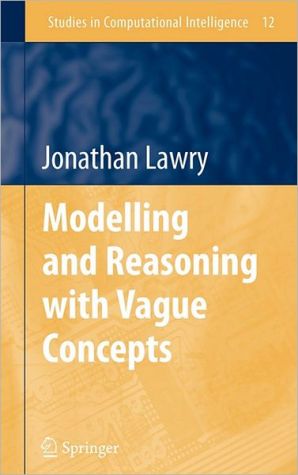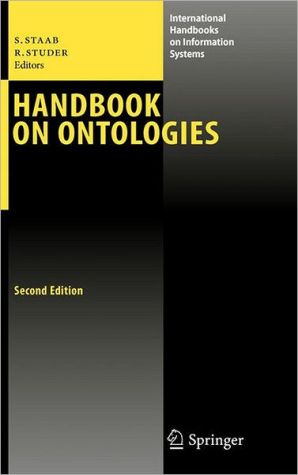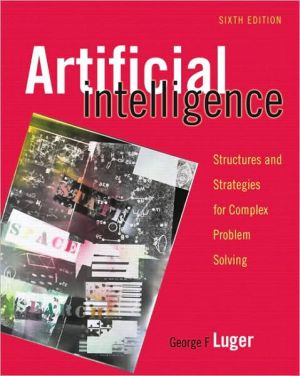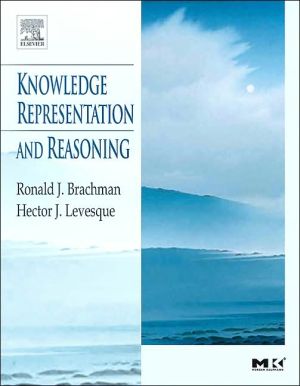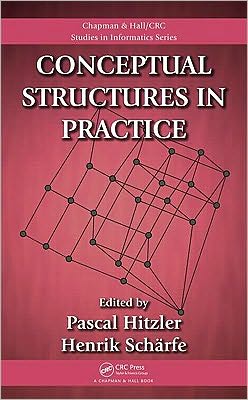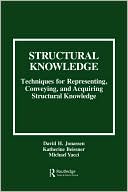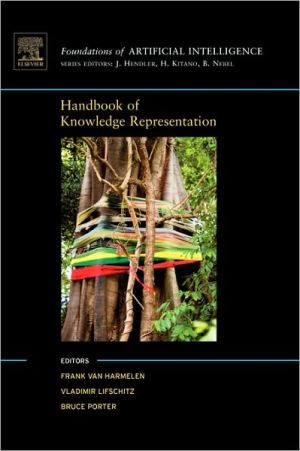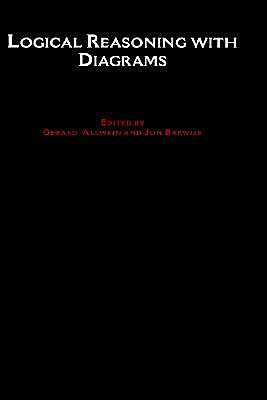Modelling and Reasoning with Vague Concepts
This volume introduces a formal representation framework for modelling and reasoning, that allows us to quantify the uncertainty inherent in the use of vague descriptions to convey information between intelligent agents. This can then be applied across a range of applications areas in automated reasoning and learning. The utility of the framework is demonstrated by applying it to problems in data analysis where the aim is to infer effective and informative models expressed as logical rules...
Search in google:
Vagueness is central to the flexibility and robustness of natural language descriptions. Vague concepts are robust to the imprecision of our perceptions, while still allowing us to convey useful, and sometimes vital, information. The study of vagueness in Artificial Intelligence (AI) is therefore motivated by the desire to incorporate this robustness and flexibility into intelligent computer systems. Such a goal, however, requires a formal model of vague concepts that will allow us to quantify and manipulate the uncertainty resulting from their use as a means of passing information between autonomous agents.This volume outlines a formal representation framework for modelling and reasoning with vague concepts in Artificial Intelligence. The new calculus has many applications, especially in automated reasoning, learning, data analysis and information fusion. This book gives a rigorous introduction to label semantics theory, illustrated with many examples, and suggests clear operational interpretations of the proposed measures. It also provides a detailed description of how the theory can be applied in data analysis and information fusion based on a range of benchmark problems.
1Introduction12Vague concepts and fuzzy sets93Label semantics414Multi-dimensional and multi-instance label semantics855Information from vague concepts1036Learning linguistic models from data1397Fusing knowledge and data1898Non-additive appropriateness measures221
